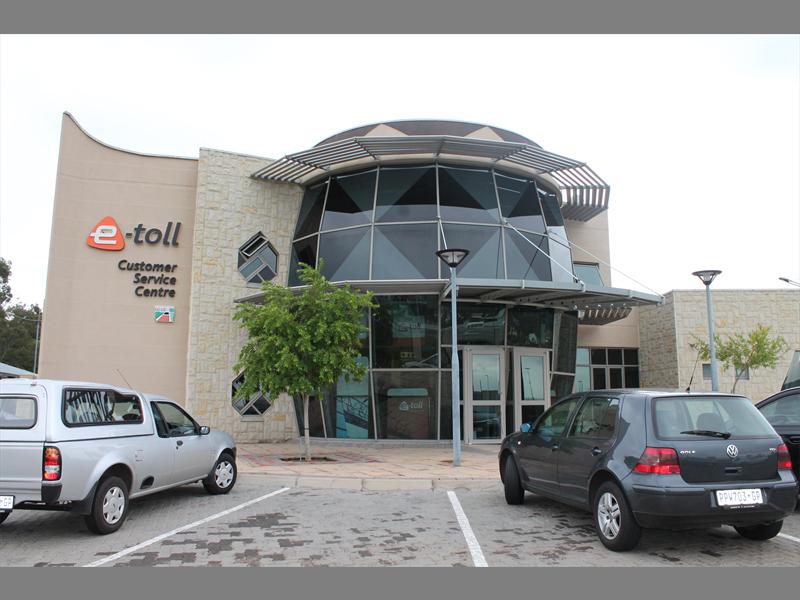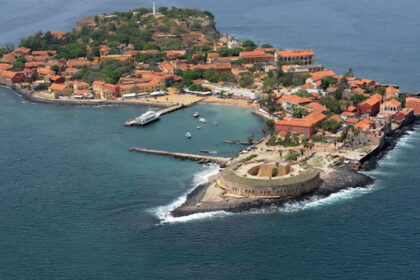At a Glance
- SANRAL secures NDB funding to modernize key freight corridors across N1, N2, and N3 routes.
- Government-backed loan revives delayed infrastructure projects in Gauteng and KwaZulu-Natal.
- Loan supports economic growth, mobility, and freight efficiency across national toll road network.
South Africa’s national roads agency, a state-owned entity responsible for the development, maintenance, and management of South Africa’s national road network is charting a new path for infrastructure investment, signing a R7 billion ($397.62 million) BRICS-backed loan agreement with the New Development Bank (NDB) to boost its toll portfolio—especially strategic corridors in KwaZulu-Natal and along the N1.
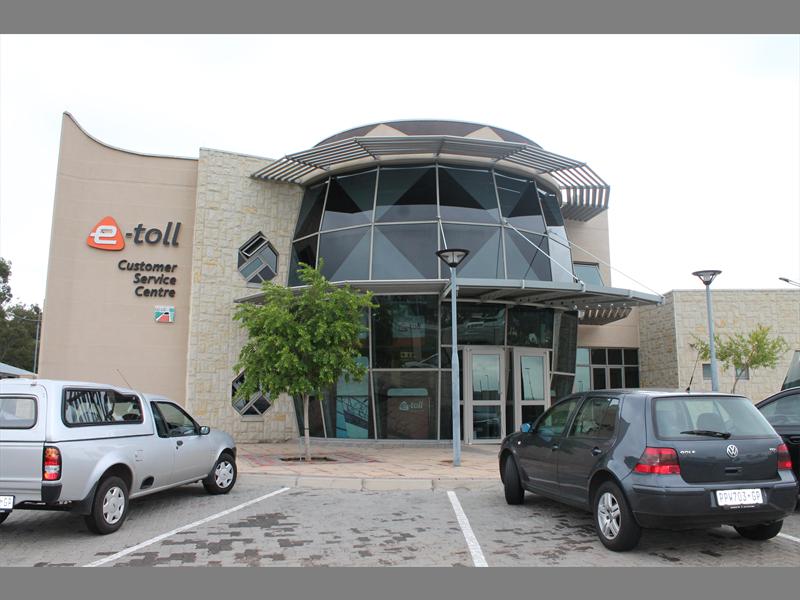
The R7 billion ($397.62 million) loan follows a broader R16.5 billion borrowing limit approved in March 2024, with the NDB-backed portion fully guaranteed by the South African government. Once the standard conditions precedent are satisfied, the funds will become available—supporting critical upgrades to the N2/N3 and N1 highways, which serve as major arteries of trade and transport across South Africa.
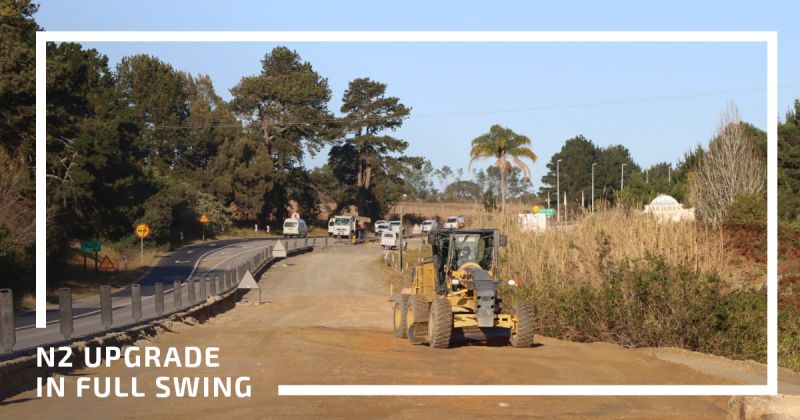
SANRAL gets BRICS-backed loan as key injection into neglected corridors
The government-guaranteed loan aims to support public infrastructure—specifically SANRAL’s toll road portfolio along major economic corridors like the N1, N2, and N3 and marks a breakthrough in SANRAL’s years-long push to secure sustainable funding for its toll network.
With many projects previously stalled due to limited capital, the NDB facility breathes new life into long-term infrastructure plans aimed at improving mobility, reducing freight bottlenecks, and strengthening economic resilience—especially in logistics-heavy provinces like Gauteng and KwaZulu-Natal.
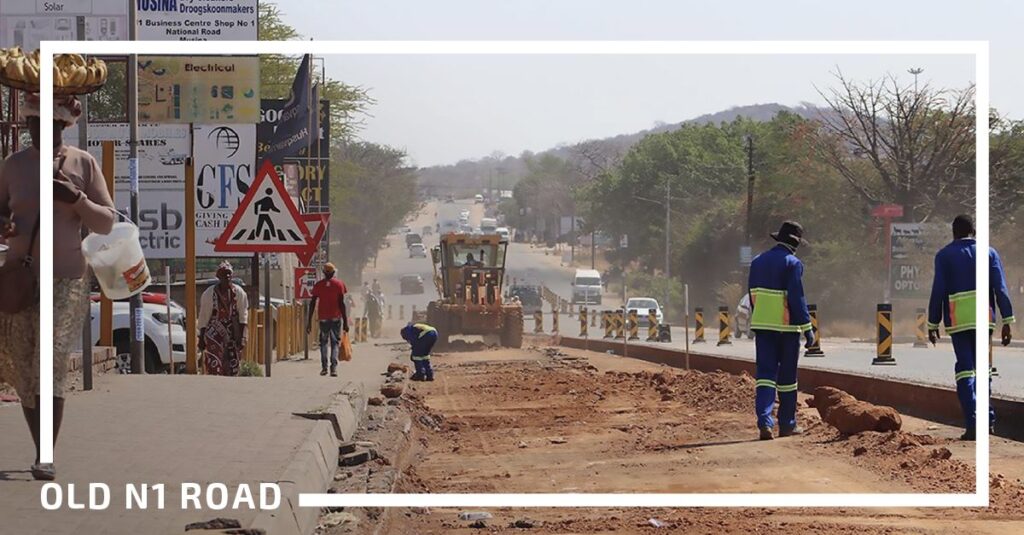
While the R7 billion loan anchors SANRAL’s near-term funding, the agency will tap into the balance of the R16.5 billion facility through bonds, syndicated lending, and bilateral arrangements in the domestic market.
SANRAL’s BRICS-backed loan: Laying the foundation for economic momentum
For SANRAL, operating under the South African Department of Transport, the loan is more than a balance-sheet boost—it’s a signal of renewed investor confidence and a pivot toward project execution.
Shore Africa gathered that the N2/N3 corridor is among the busiest freight routes in the southern hemisphere, and the upgrades will sharply reduce transit delays, improve safety, and support job creation in construction and logistics.
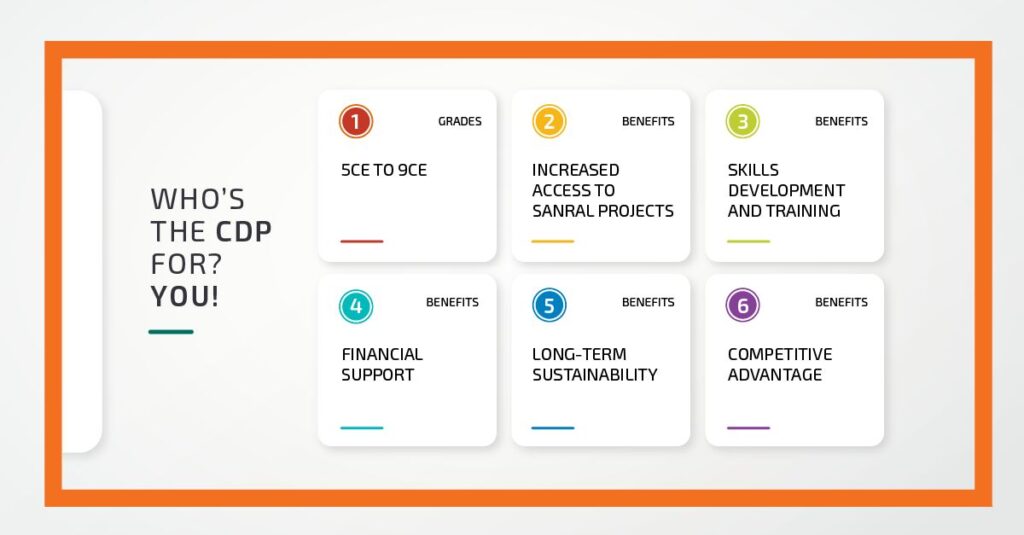
“This long-overdue funding will greatly assist SANRAL in carrying out its mandate,” the agency said, pointing to broader economic and societal benefits.
Infrastructure as a growth catalyst
The NDB—founded by the BRICS nations—has increasingly turned its focus toward sustainable transport and regional connectivity. By backing SANRAL’s toll programme, the bank is reinforcing its mandate to support infrastructure-led development in middle-income economies.
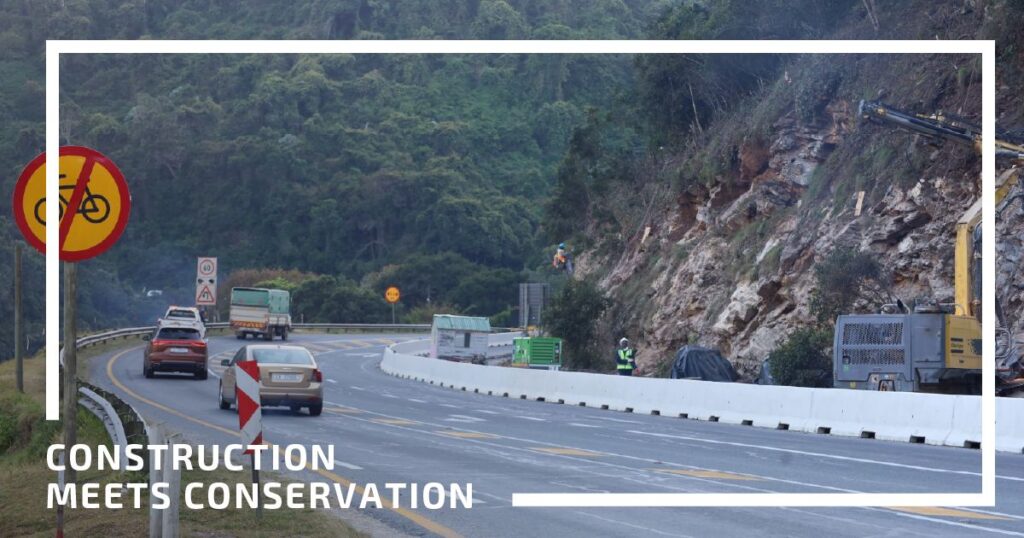
For South Africa, the move comes amid growing fiscal constraints and shifting public-private dynamics in infrastructure. The deal offers a test case in how multilateral funding can unlock domestic capital and help fast-track delivery of catalytic projects with national impact.
As SANRAL looks ahead, the goal is clear: build world-class infrastructure that supports mobility, trade, and inclusive growth—while restoring the credibility of South Africa’s public works pipeline.

